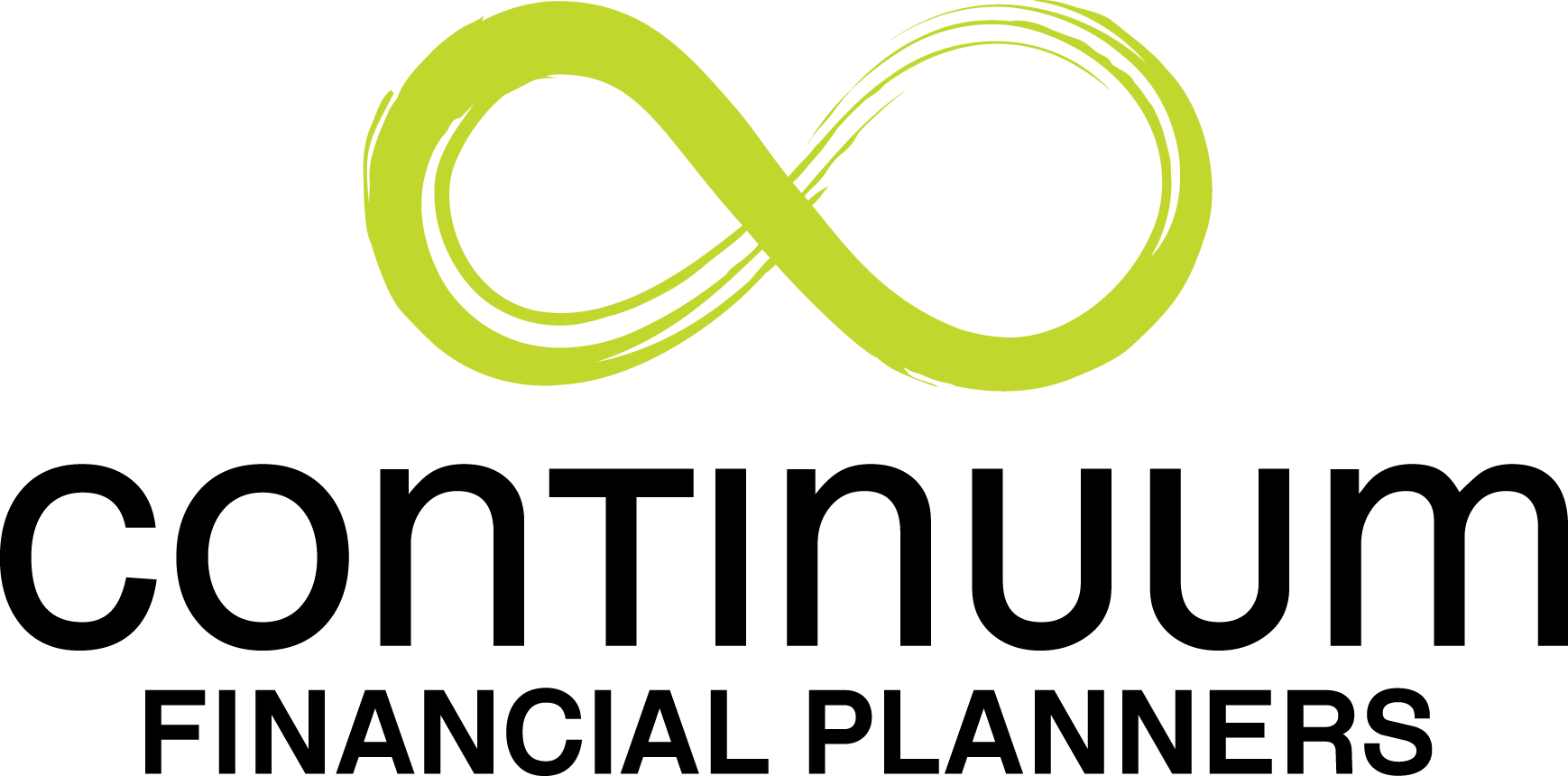Financial literacy beginning with children’s savings accounts
One of the great challenges for parents, is to have their children develop an appreciation for the value of money. Using children’s savings accounts effectively, goes a long way in meeting this challenge.
What are children’s savings accounts: and where do you access them?
‘Children’s Savings accounts’ are ‘high(er) interest’ paying bank accounts that operate in the same manner as a ‘regular’ bank account. They usually are low- or no-fee accounts and may offer bonus interest rates subject to minimum deposits or no-monthly withdrawals.
As with regular savings accounts there are no prescribed payment amounts. Parents, friends, or family may deposit money regularly or on an ‘ad hoc’ basis. This is perhaps the easiest option. It is also the least tax effective. And it is most likely to deliver the poorest ‘returns’ over the long term.
Savings accounts can be held in the name of the parent as trustee for the child (formal or informal trust). Alternatively, they can be held in the name of the non-working or lower income earning parent or guardian.
The larger banks usually have these accounts on offer – and sometimes promote them with ‘special conditions’. You should enquire with local Banks or other deposit-taking institutions, to compare offers. Details about the various offerings on children’s savings accounts are readily available from the websites of the institutions offering them.
Advantages
Simplicity
Security (from market fluctuation risks)
Flexibility (depending on the account: irregular deposits/ withdrawals may be possible)
Can also target the child’s effective tax free threshold on passive income ($420). This is the income level before which harsh tax rates for minors start to apply
Disadvantages
Low expected return compared to alternatives, especially over the long term
Interest income is fully assessable.
Penalty tax rates may apply if the interest income is assessable to the child and above $1,667. (This figure takes into account the low income tax offset.)
The interest may be taxable in a parent’s name – depending on
- how the account is held; and/ or
- how funds are utilised.
Financial literacy for your family
Children’s savings accounts are an ideal way to introduce your family to the benefits of saving. This helps the development of –
- understanding the value of money; and
- of investing,
both elements of financial literacy
Our website article “Wealth accumulation incrementally“, deals with the concept of Dollar Cost Averaging. It introduces the concept of a savings plan to initiate an investment plan.
If you would like to discuss a strategy that would work best for your family and financial circumstances, arrange an appointment with one of our experienced advisers –
- call our office on 07-3421 3456, or
- at your convenience, use the linked Book A Meeting facility.
(This article was first postted by us in March 2010. We occasionmally refersh/ update it, most recently in August 2025.)

